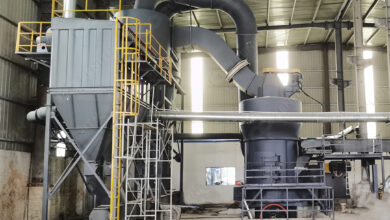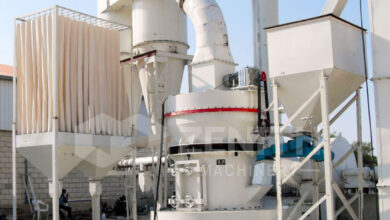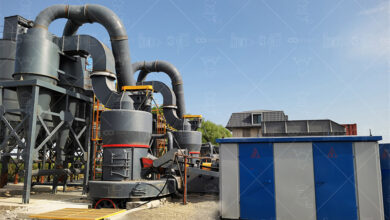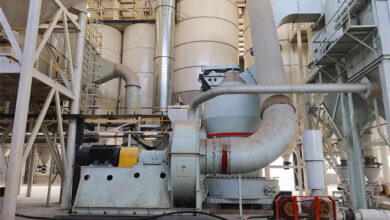Impact of Mill Disc Rotation Speed on Production Capacity: Key Factors and Optimization Strategies
Impact of Mill Disc Rotation Speed on Production Capacity: Key Factors and Optimization Strategies
In the mineral processing and grinding industry, the rotation speed of mill discs plays a pivotal role in determining production capacity, energy efficiency, and product quality. This article explores the scientific relationship between disc speed and operational performance, presents optimization methodologies, and introduces ZENITH’s advanced grinding solutions.
1. Fundamental Mechanics of Disc Rotation
The centrifugal force (F) generated by a rotating disc follows the equation:
F = m × r × ω²
Where m=mass of grinding media, r=radius of rotation, and ω=angular velocity. This force directly influences:
- Particle impact energy
- Material residence time
- Classification efficiency
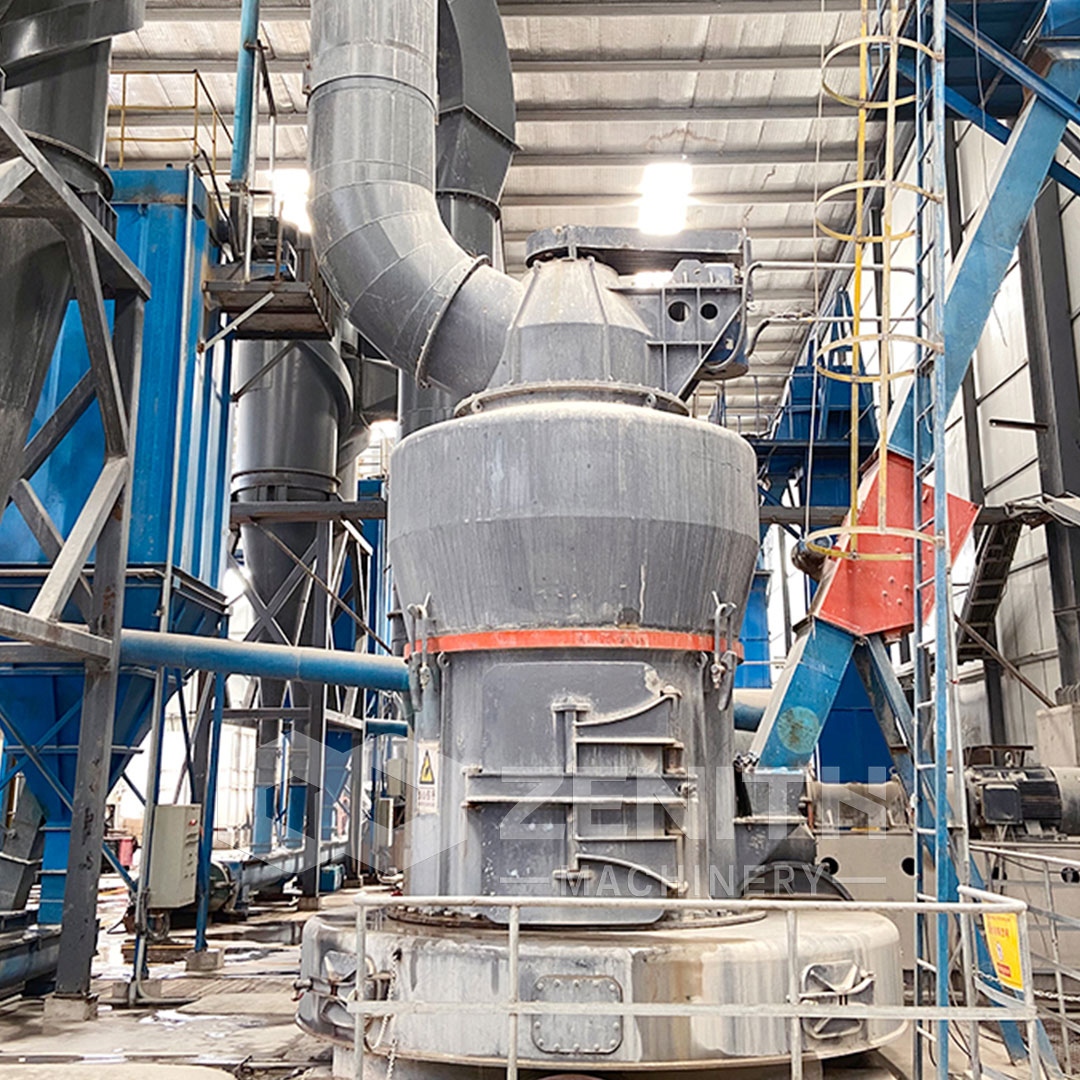
2. Critical Speed Thresholds
Every mill design has optimal operating ranges:
| Speed Range | Effect on Process | Typical Applications |
|---|---|---|
| 30-50% of critical | Cascading motion for gentle grinding | Soft materials, ultra-fine powders |
| 50-75% of critical | Optimal cascading-cataracting mix | General mineral processing |
| 75-90% of critical | High-impact cataracting | Hard ores, coarse grinding |
ZENITH’s XZM Ultrafine Mill features intelligent speed modulation that automatically adjusts between these regimes based on real-time material analysis, achieving 30% energy savings compared to fixed-speed competitors.
3. Production Capacity Optimization
3.1 Speed-Throughput Correlation
Field data from ZENITH’s MTW Series Trapezium Mill installations demonstrate:
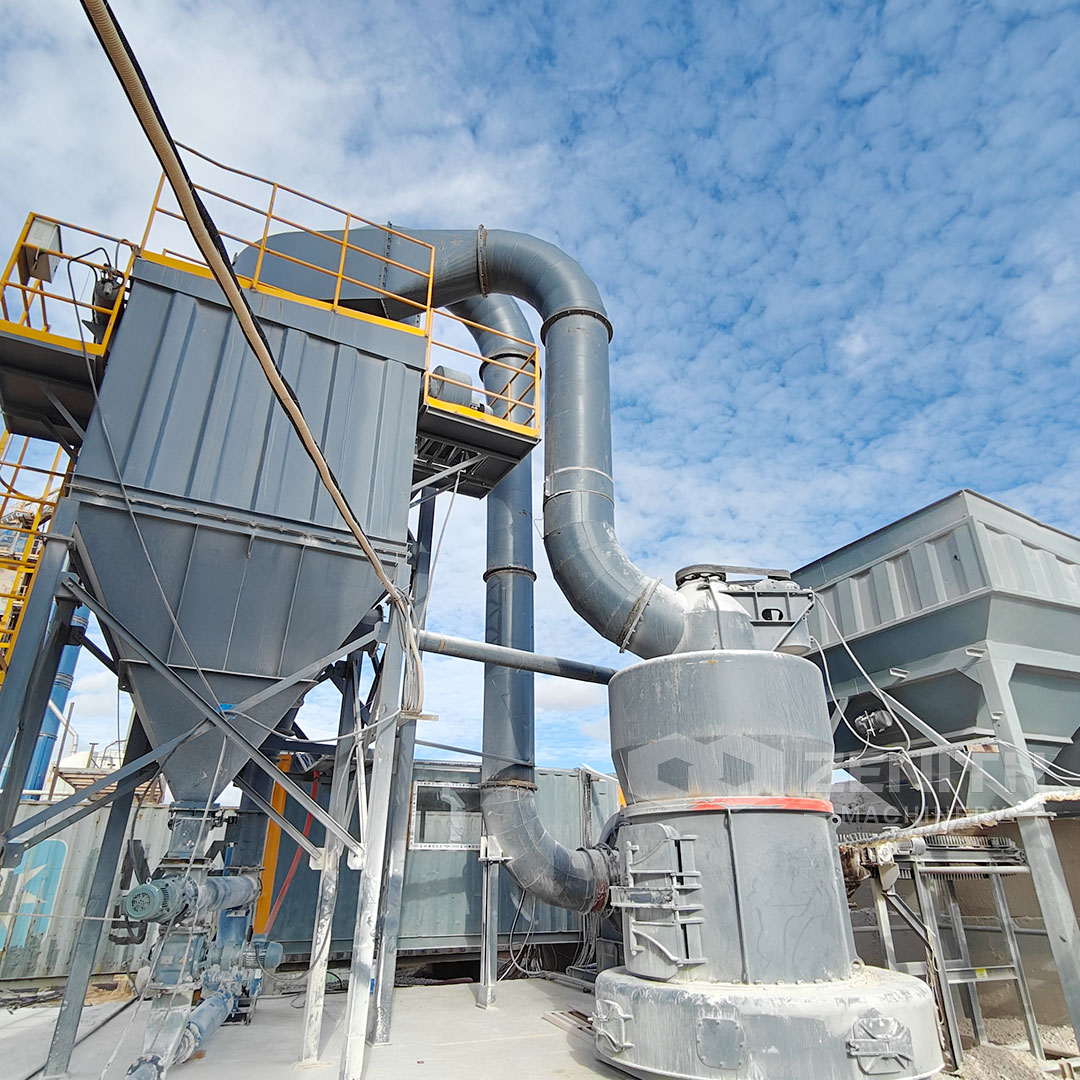
- Peak capacity occurs at 68-72% of critical speed
- 15-20% capacity reduction when operating outside ±5% of optimal
- Energy consumption increases exponentially beyond 80% critical speed
3.2 Advanced Control Strategies
ZENITH mills incorporate:
- Variable frequency drives with ±0.5% speed accuracy
- AI-based predictive algorithms adjusting for:
- Feed material hardness variations
- Wear state of grinding elements
- Ambient temperature/humidity
4. Case Study: Cement Clinker Grinding
A Brazilian customer achieved 22% capacity increase in their LM190K vertical mill after implementing ZENITH’s recommended speed profile:
| Parameter | Before Optimization | After Optimization |
|---|---|---|
| Rotation Speed | Fixed at 38 rpm | Variable 34-42 rpm |
| Throughput | 58 t/h | 71 t/h |
| Specific Energy | 32 kWh/t | 28 kWh/t |
5. ZENITH’s Technological Solutions
Our grinding systems integrate multiple speed optimization features:
5.1 XZM Ultrafine Mill Series
- Precision vertical turbine classifier with 0-3000 rpm stepless regulation
- Three-layer grinding disc design allowing differential speed zones
- Capacity range: 0.5-25 t/h (45-5μm)
5.2 MTW Trapezium Mill
- Conical gear transmission maintaining 98% efficiency across speed ranges
- Curved air channel design minimizing turbulence losses
- Capacity range: 3-45 t/h (600-45μm)

6. Maintenance Considerations
Proper speed management extends equipment lifespan:
- Monitor vibration spectra for early bearing wear detection
- Implement gradual ramp-up sequences (≤5 rpm/s)
- Use ZENITH’s remote diagnostic services for predictive maintenance
7. Conclusion
Optimizing mill disc rotation speed requires balancing multiple factors through advanced control systems. ZENITH’s grinding solutions combine mechanical precision with intelligent automation to maximize production capacity while minimizing energy consumption. Contact our engineering team for customized speed optimization strategies tailored to your specific materials and production goals.


